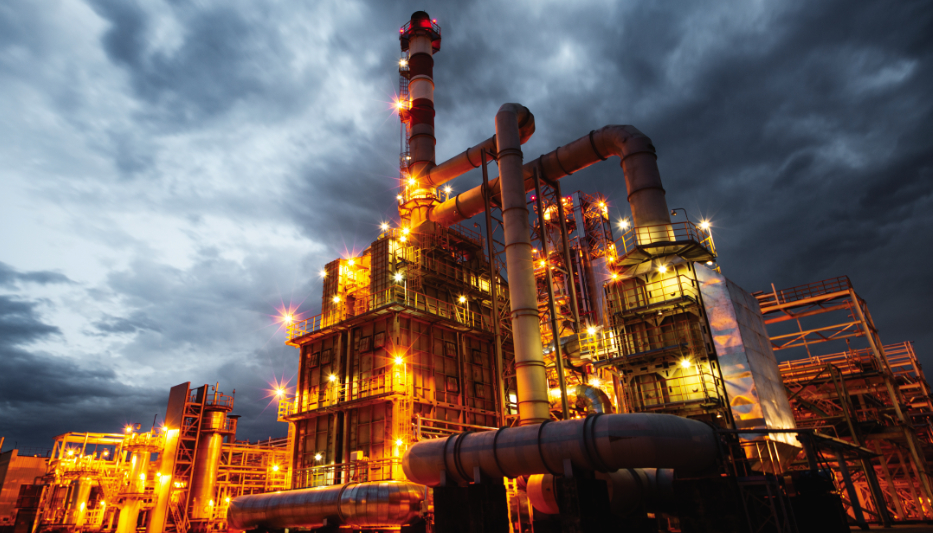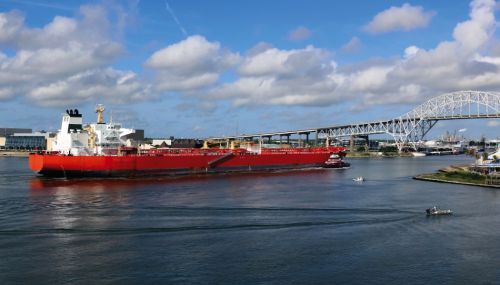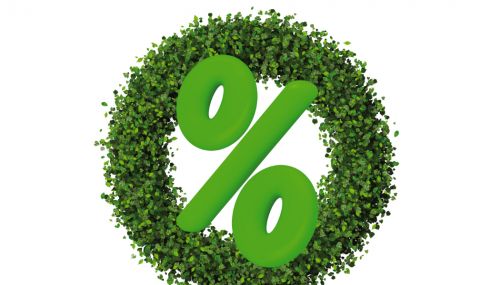All
Why Are Fuel Prices So High?

It is no secret that the cost of oil has been steadily increasing over the last several months. On July 4, WTI Crude was trading at $69.79/bbl, and on September 15, that price had jumped to over $90/bbl. It was the first time the price had breached $90/bbl since November 2022. To discuss the reasons for the price increase would require a dissection of global politics pertaining to the voluntary OPEC+ oil cuts and Russia’s war with Ukraine, among many other contributing factors.
While the surpassing of $90/bbl of oil is cause for serious concern, it’s not completely unfamiliar territory, as it was back in 2007 when oil was trading at the same price. Or in 2008, when it leaped to astronomical heights of $145/bbl. Yet, when you compare the U.S. pump price for gasoline from 2007, when the price per barrel was the same as today, you will notice a large difference. On September 24, 2007, the U.S. average for gasoline was $2.812/gal, while the recent findings from the EIA had the U.S. average for gasoline at 3.878/gal on September 18, 2023.
So, what could be the cause in such a big difference in price? Of course, there isn’t one magic answer.
The first thing we have to take into account is the Renewable Volume Obligation (RVOs) that didn’t exist in 2007. An analysis in OPIS notes that, “Merchant refiners currently face RVO charges that can sap about $7/bbl of gasoline and distillate cracks.” This $7/bbl can trickle down to the consumer and add cost to what we are paying at the pump.
But one of the biggest culprits, according to OPIS, is the higher profit margins for fuel refineries. In Southern California, where heavy crude is often sold at a discount, spot jet fuel rings up at approximately $4.21/gal, or $177/bbl, and CARB diesel moves at $3.966/gal, or $166.60/bbl. In 2007, CARB diesel was selling at $2.617/gal. Rather than making a profit of $20/bbl, which was once considered a superlative margin, these mid-cycle fuels are now quadrupling those returns at the lowest end of the scale.
But fuel refineries aren’t the only area where profit margins have seen stiff increases. Gasoline retailers have also enjoyed a rise in profit margins since 2007. In October 2007, the average gross margin for gasoline retailers was 13.4cts/gal. Today, those same retailers are seeing profits of roughly 34cts/gal., or approximately two and a half times more profit on every gallon of gas than 16 years ago.
At the same time, our crude exports have increased exponentially. In 2007 our only crude exports existed between Alaskan oil swaps with Asia. The EIA reports that in 2022, the United States exported 9.58 million b/d of petroleum to 180 countries and imported 8.32 million b/d, making us net negative 1.26 million b/d. This adds another wrinkle in the current price structure that was missing during the $90/bbl heights in 2007.
Comparing our current gas prices to prices 16 years ago is a little like comparing apples to oranges, even if the price per barrel is the same. So much has changed in not only the oil industry but nearly every facet of technology, transportation, and business, (look no further than the COVID-19 pandemic and the supply chain issues industries are still contending with.) That said, we can’t ignore the fact that gasoline retailers and crude oil refineries have found ways to improve their profit margins, which has certainly had an impact on what Americans are paying at the pump.
Related Posts
 How to Set Your Business Apart with Renewable Propane
How to Set Your Business Apart with Renewable Propane
Posted on October 16, 2025
 EIA Report: Biodiesel and Renewable Diesel Imports Fall Sharply
EIA Report: Biodiesel and Renewable Diesel Imports Fall Sharply
Posted on October 16, 2025
 Northeast Liquid Fuel Providers Put Higher Bioblends in Focus
Northeast Liquid Fuel Providers Put Higher Bioblends in Focus
Posted on August 19, 2025
 Lower Carbon Lineup Puts Businesses on the Path to Net Zero Goals
Lower Carbon Lineup Puts Businesses on the Path to Net Zero Goals
Posted on August 18, 2025
Enter your email to receive important news and article updates.
